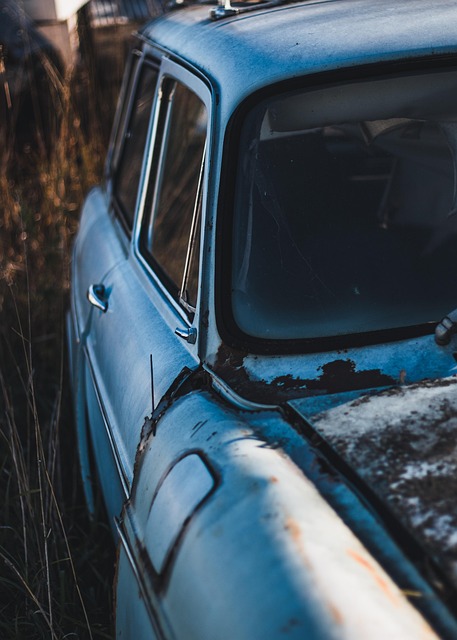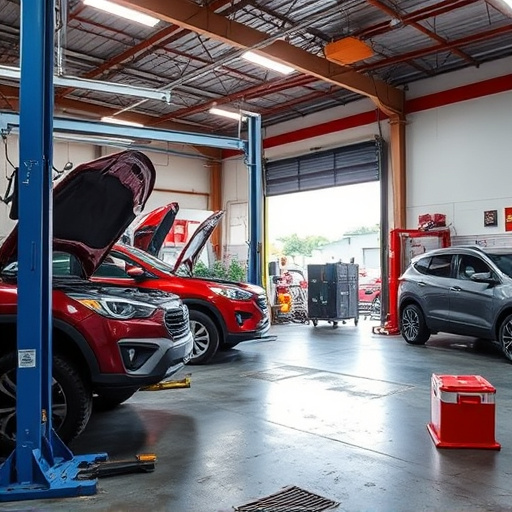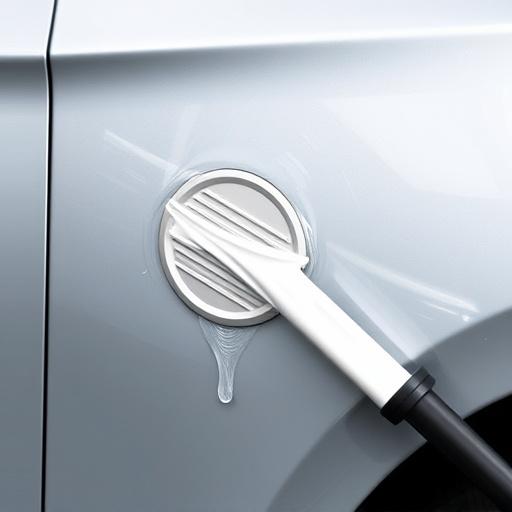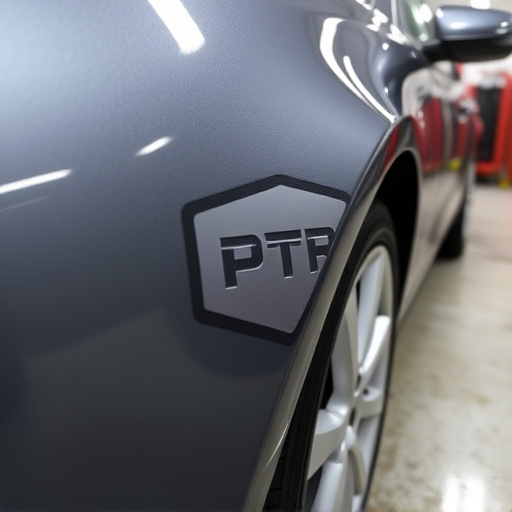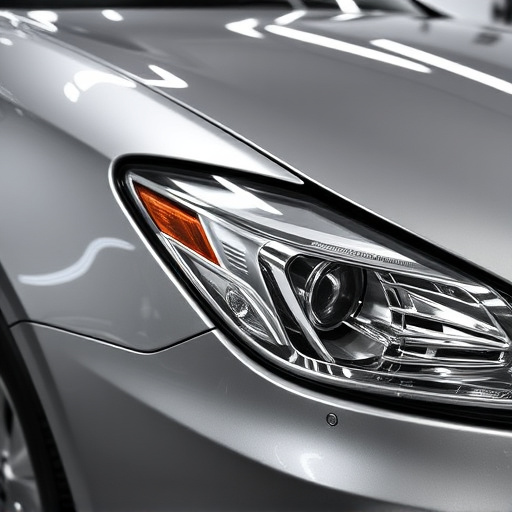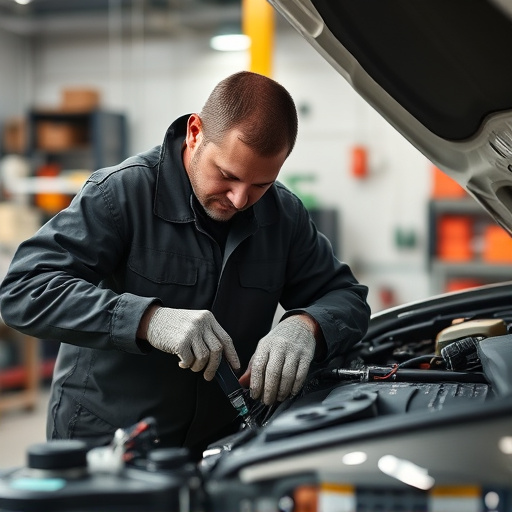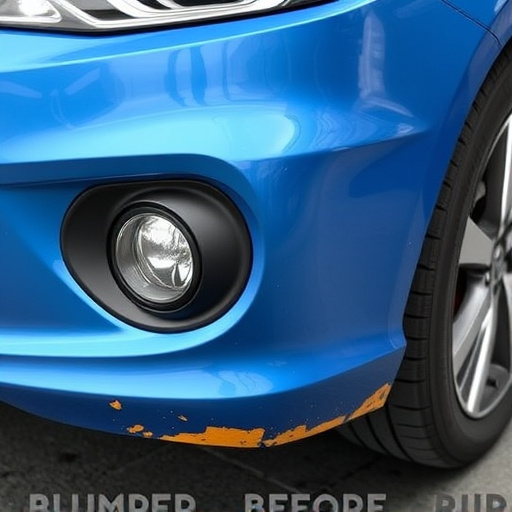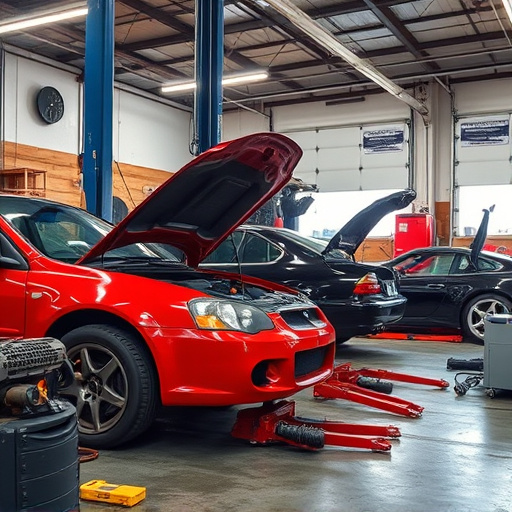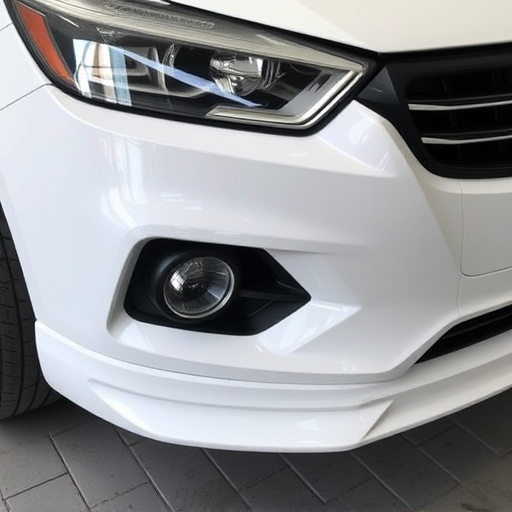Regular use and collisions can damage Tesla charging ports, leading to disruptions. Repair requires high-quality parts, tools like tweezers, isopropyl alcohol, and a multimeter. Visual inspection for corrosion, debris, misalignment, or pin wear identifies issues. Auto collision centers offer Tesla charging port repair using OEM parts for seamless fit.
“Uncover the secrets to tackling common Tesla charging port issues with our comprehensive guide. Learn how to effectively diagnose and repair your vehicle’s essential component, ensuring seamless electric vehicle charging experiences. From identifying connector pin damage to gathering the right tools and materials, this step-by-step process empowers owners to take charge of their repairs.
Mastering Tesla charging port repair isn’t just about convenience; it’s a crucial skill for any Tesla owner, promoting independence and peace of mind while on the road.”
- Understanding Tesla Charging Port Issues
- Tools and Materials for Repair
- Step-by-Step Connector Pin Inspection Guide
Understanding Tesla Charging Port Issues
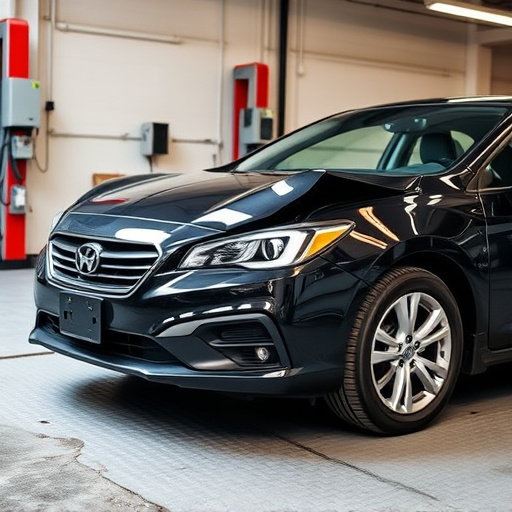
Tesla charging ports are integral to the electric vehicle experience, but like any component, they can develop issues over time. Understanding common Tesla charging port problems is crucial for both owners and auto collision centers. One prevalent issue is loose or damaged connectors due to regular use or collision damage repair. These can cause charging disruptions, leading to inconvenience and potential car restoration challenges.
Another frequent problem involves the charging port itself, which may become contaminated with debris or experience wear and tear from frequent plugging and unplugging. This requires meticulous cleaning and, in severe cases, replacement. Recognizing these common issues equips owners and auto collision centers with the knowledge to address them effectively, ensuring a seamless charging experience for Tesla vehicles.
Tools and Materials for Repair
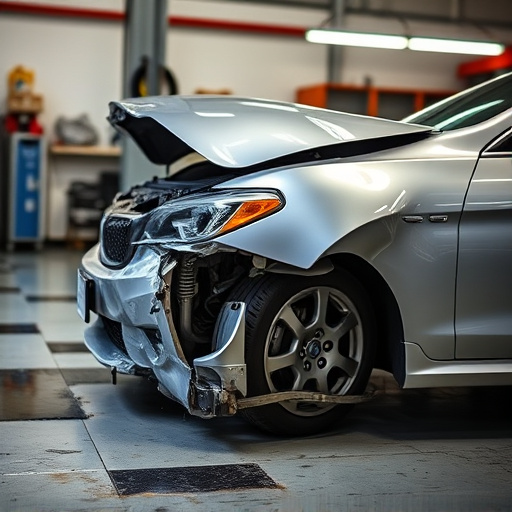
When it comes to Tesla charging port repair, the right tools and materials are essential. For a successful fix, gather high-quality replacement connectors, precision screwdrivers (both flathead and Phillips), tweezers, and isopropyl alcohol for cleaning. Additionally, a multimeter can be handy for testing electrical connections. For more intricate repairs or if your car paint repair needs attention due to damage during disassembly, consider having access to automotive body work tools like plastic welding kits or touch-up paint that matches your Tesla’s color.
Automotive repair experts often find that using the correct torquing tools is crucial for securing the connector pins in place. Make sure to follow manufacturer guidelines for torque specifications. Proper cleaning and inspection of the charging port and connector pins are critical steps before reassembly, ensuring a seamless connection during future use.
Step-by-Step Connector Pin Inspection Guide
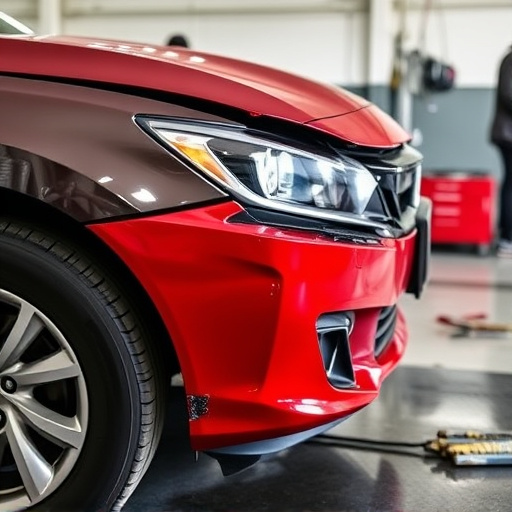
Performing a thorough inspection of your Tesla’s charging port connector pins is crucial for identifying potential issues before they escalate and lead to costly repairs. Begin by ensuring the vehicle is grounded for safety reasons. Next, locate the charging port at the rear of your Tesla and visually inspect the connector for any visible damage, such as dents or cracks. Using a flashlight, examine each individual pin within the port, checking for corrosion, debris buildup, or misalignment. Corroded pins can cause intermittent charging issues or even prevent the car from accepting a charge altogether.
For a more detailed assessment, use a fine-tipped screwdriver to gently pull out each pin and inspect its contact point. Look for signs of wear, oxidation, or deformity. If any pin appears damaged or does not slide back in smoothly, it may require replacement. Many auto collision centers offer Tesla charging port repair services using original equipment manufacturer (OEM) parts, ensuring a seamless fit and restoring your vehicle to like-new condition, alongside expert vehicle paint repair and restoration capabilities.
In conclusion, addressing Tesla charging port issues through proper inspection and repair, such as connector pin checks using suitable tools and materials, is both feasible and essential for maintaining your EV’s functionality. By following this guide, you can efficiently navigate the process of diagnosing and fixing common charging port problems, ensuring a reliable and seamless electric vehicle ownership experience. Remember, a well-maintained Tesla charging port translates to quicker charges and fewer interruptions during your electric driving journey.
